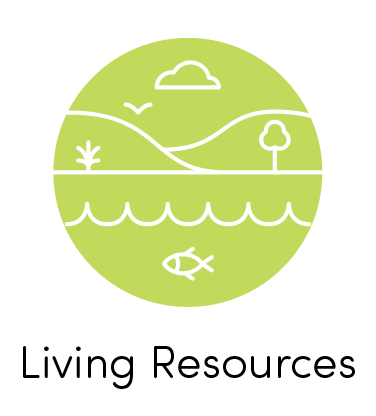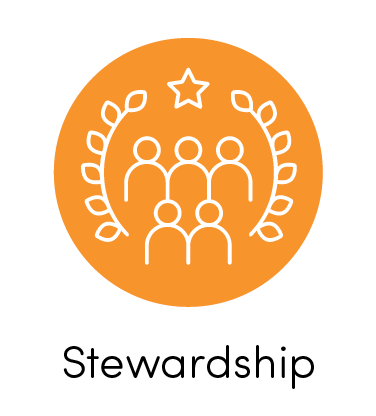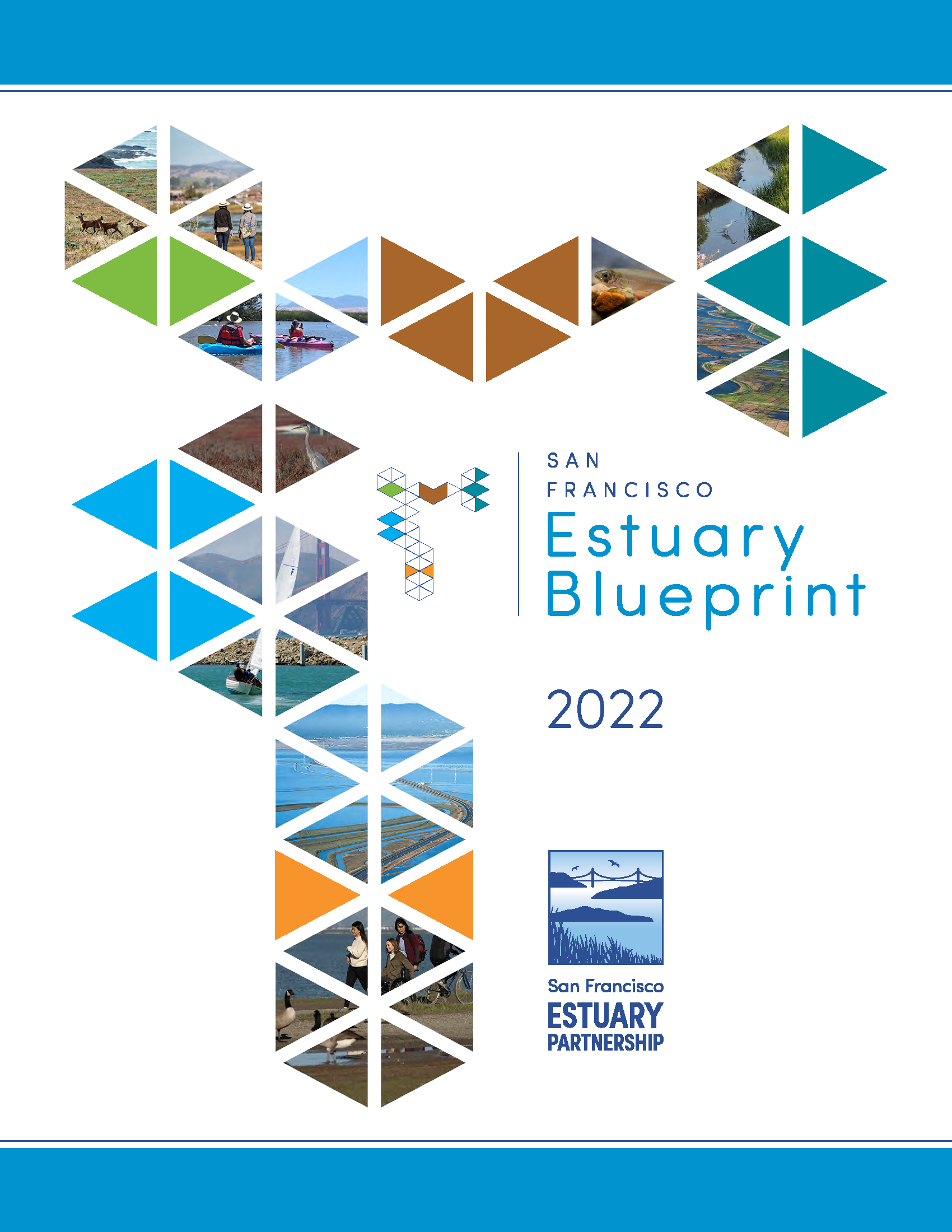Action 24: Public Access
← Back to Estuary Blueprint Actions
Provide equitable public access and recreational opportunities compatible with wildlife.
Provide Estuary-oriented and upper watershed access to open space that avoids adverse impacts to sensitive habitats and wildlife while providing buffers to climate change impacts and accommodating equitable access and cultural uses, environmental education, biking, commuting, hiking, paddling, wildlife viewing, and other activities. These opportunities will increase citizen and decision-maker appreciation of the value of natural resources, and foster support for Estuary protection and restoration.
Overview
The Estuary provides unique opportunities for recreational and educational experiences due to its vital role in providing refuge, forage, and nesting habitat for wildlife. Public access to the Estuary’s natural resources inspires people to take an active interest in Estuary protection and restoration efforts; however, public access can also have adverse effects on wildlife and habitats if it is not sited, designed, and managed responsibly.
Task Description
Add to the San Francisco Bay Trail, closing critical gaps in the main alignment (the “spine”) that links the shoreline of all nine Bay Area counties, while avoiding adverse effects on sensitive resources and wildlife.Task Lead(s)
Metropolitan Transportation Commission and Association of Bay Area GovernmentsTask Collaborating Partner(s)
California State Coastal Conservancy, San Francisco Bay Conservation & Development Commission, Bay area cities, counties, special districts, and non-profit organizationsCost Estimate Key
|
Cost Estimate
$$$$Milestone(s)
18 miles of new trail segments to the Bay Trail Spine.Task Description
Add to the San Francisco Bay Area Water Trail, creating or enhancing high quality public water access and paddle-in camping opportunities. Access should be designed to avoid adverse impacts to sensitive resources and wildlife.Task Lead(s)
Metropolitan Transportation Commission and Association of Bay Area Governments, California State Coastal ConservancyTask Collaborating Partner(s)
California State Parks Division of Boating and Waterways, San Francisco Bay Conservation & Development Commission, San Francisco Bay National Estuarine Research ReserveCost Estimate Key
|
Cost Estimate
$$Milestone(s)
Six (with two specifically in the Suisun Marsh area) new or enhanced San Francisco Bay Area Water Trail sites, including two new or enhanced kayak-in campgrounds.Task Description
Advance the consideration of equity and resilience within parks and open space planning efforts through development of two new Bay Area Greenprint modules using Geographic Information System (GIS)-based analytics and tools.Task Lead(s)
San Francisco Estuary Partnership (Coordinator)Task Collaborating Partner(s)
San Francisco Bay National Estuarine Research Reserve, The Nature ConservancyCost Estimate Key
|
Cost Estimate
$Milestone(s)
Resilience and Equity Modules for Bay Area GreenPrint released.Task Description
Track progress towards increasing quality and quantity of shoreline and upper watershed open spaces for habitat health and connectivity, reduced carbon emissions, improved air quality, and other climate change benefits, and multiple public uses including recreational, cultural, religious, and stewardship uses.Task Lead(s)
San Francisco Estuary Institute, San Francisco Estuary PartnershipTask Collaborating Partner(s)
San Francisco Bay National Estuarine Research Reserve, Tribes, community-based organizationsCost Estimate Key
|
Cost Estimate
$$Milestone(s)
Revised shoreline open space indicator and new riparian corridor indicator for the State of the Estuary Report.Task Description
Task Lead(s)
Task Collaborating Partner(s)
Cost Estimate Key
|
Cost Estimate
Milestone(s)
Task Description
Task Lead(s)
Task Collaborating Partner(s)
Cost Estimate Key
|
Cost Estimate
Milestone(s)
Task Description
Task Lead(s)
Task Collaborating Partner(s)
Cost Estimate Key
|
Cost Estimate
Milestone(s)
Task Description
Task Lead(s)
Task Collaborating Partner(s)
Cost Estimate Key
|
Cost Estimate
Milestone(s)
Updates and Emerging Issues
Since 2016, this Action has updated its Milestones for the San Francisco Bay Trail and the San Francisco Bay Area Water Trail.
Climate Change Considerations
This Action supports efforts to avoid adverse impacts to habitat and wildlife while supporting public access to open space. Looking to the future, rising sea levels may decrease acreage of open space for both wildlife and public access, and this Action will need to balance public access against adverse impacts to wildlife habitat.
Equity Considerations
This Action recognizes that public access to open space is not equitable for all populations and seeks to consider equity modules in local open space planning efforts. Additionally, this Action now considers the use of open space for cultural and religious purposes and acknowledges its positive effect on public health.
Blueprint Goals


Connections to Other Actions
Watershed connections provide unique habitat and ecosystem services closely related to or dependent upon:
Action 1: Climate Resilience
Action 2: Equity
Action 3: Adaptation Planning
Action 4: Adaptation Implementation
Action 5: Watershed Connections
Action 8: Wetland Monitoring
Action 10: Tidal Marsh
Action 12: Managed Wetlands
Action 14: Creeks
Action 25: Champion the Estuary
